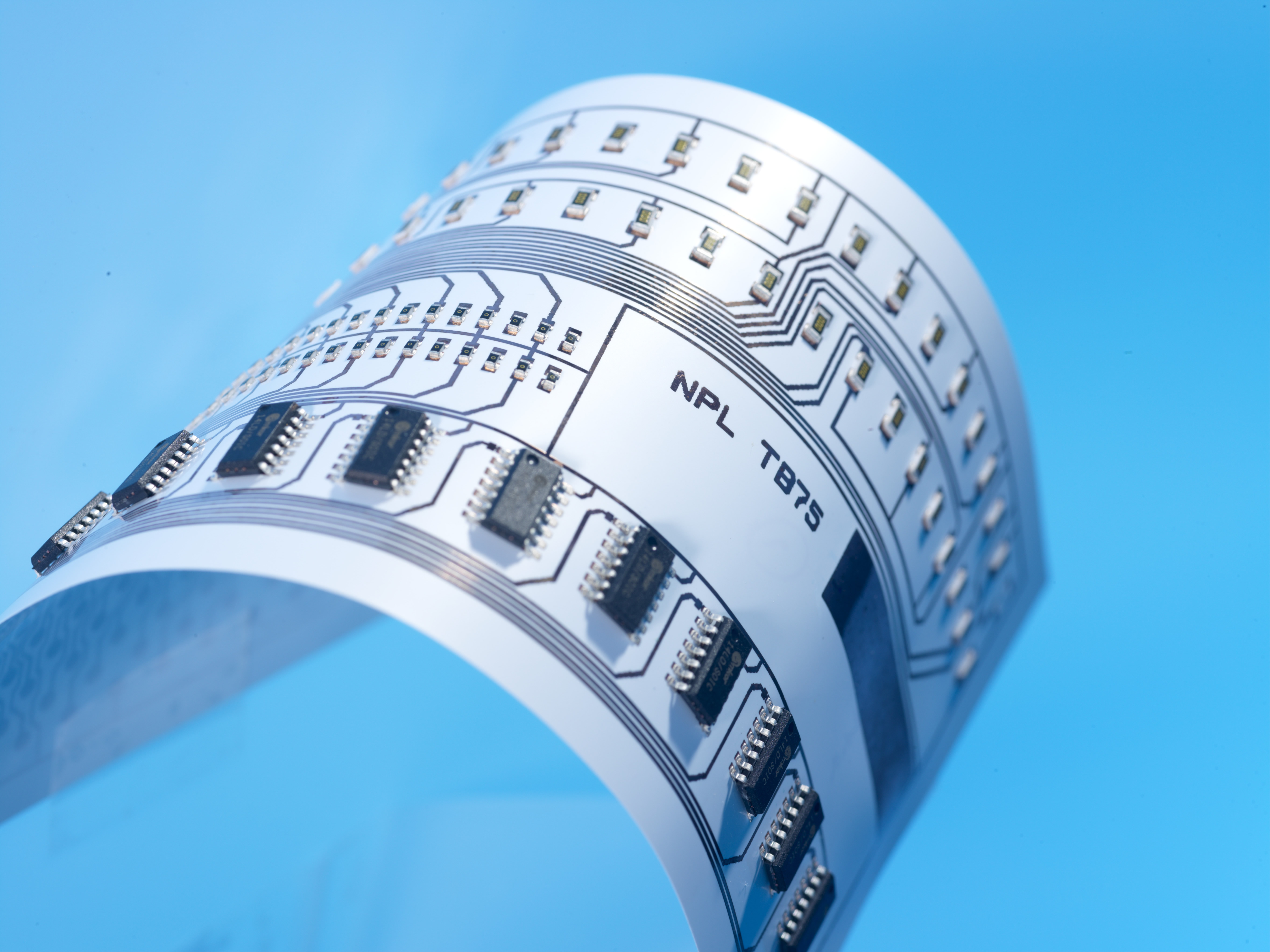Improving the commercial viability of printed circuits
Using Raman spectroscopy, the UK’s National Physical Laboratory (NPL) has developed a new, non-destructive method of measuring the three dimension orientation of molecules in an organic semiconductor transistor. This will create a new, faster and more flexible method of measuring the efficiency of electrical conductivity in a printed circuit.
Modern electronic devices, such as LEDs or solar cells, can save significant cost and weight by using organic (as opposed to in-organic) semiconductors as they allow large-volume printing of electronic circuits onto thin sheets of plastic material. The ‘ink’ in this case consists of organic polymer molecules that conduct electricity. Yet as this ‘ink’ dries, molecules can crystallise in all directions, making it harder for electrons to travel along it and so reducing its ability to conduct electricity. Measuring the direction of molecules in a printed circuit is a key part of the quality control process.
Until now, measuring such variations non-destructively and in three dimensions has not been possible. This new method for doing so takes advantage of how a molecule vibrates when light is shone on it. Different vibrations change the frequency of the reflected light, the main principle behind Raman spectroscopy. Molecules facing different directions will react - or vibrate - differently as a laser is passed over, causing reflected light of different frequencies. By measuring the different light frequencies reflected by the printed circuit, NPL’s test reveals the orientation of the molecules in the circuit in three dimensions.
By creating such a test for printed electronic circuits, the efficiency of the production process of electronic devices can be drastically increased, meaning they can be made cheaper, faster and of better quality.

Current printable electronics mostly use inorganic, non-printed semiconductor components, as shown above. NPL’s new test paves the way for these components to also be printed.
Dr Sebastian Wood, Higher Research Scientist, NPL, commented: “Understanding molecular orientation has been an area of interest to the printed electronics community for over a decade, with various one and two dimensional tests being undertaken. NPL is the first organisation to characterise this important property efficiently and in three dimensions, without destroying the test circuit. We’re excited to be the organisation that enables what could be a revolutionary breakthrough in the performance and commercial viability of printable electronics.”
This research was published in Scientific Reports: doi:10.1038/srep33057.


